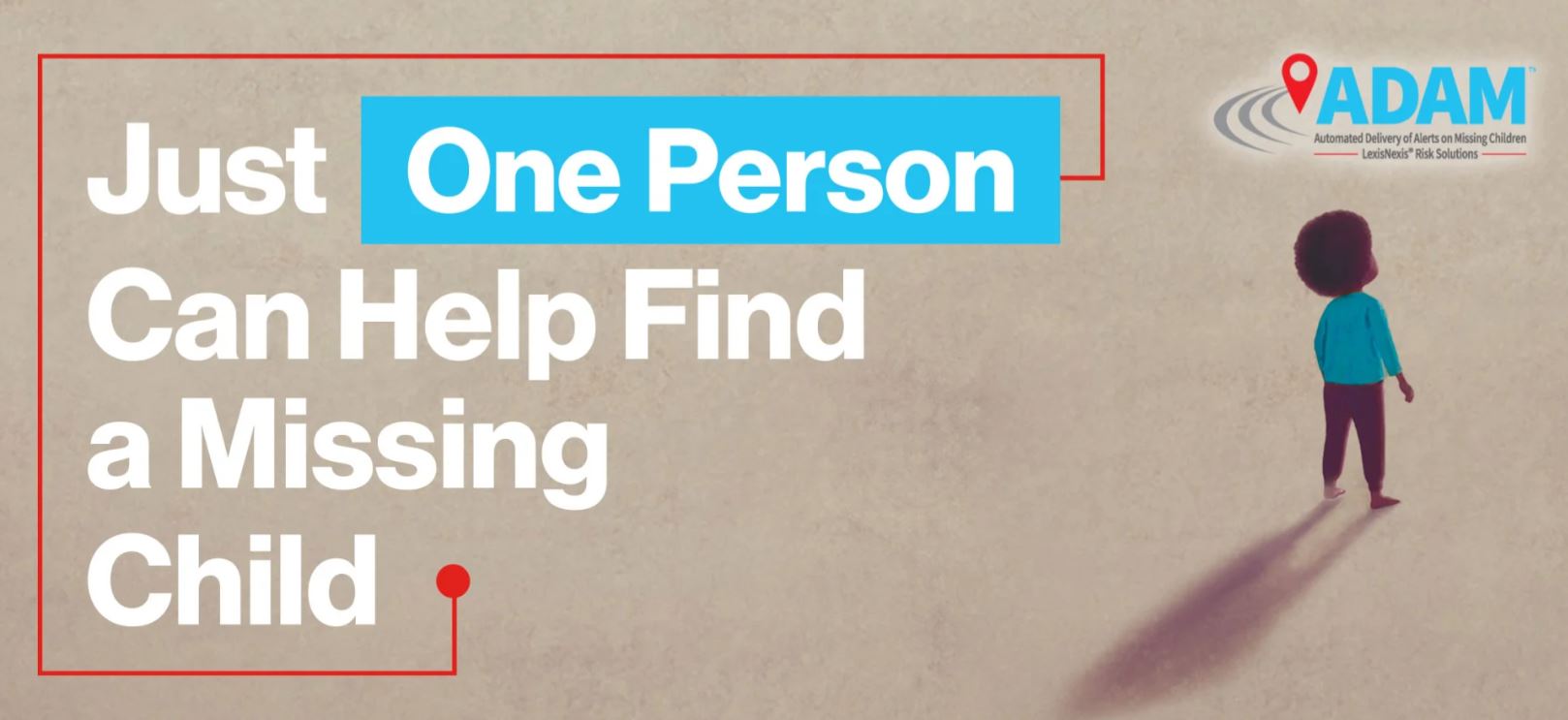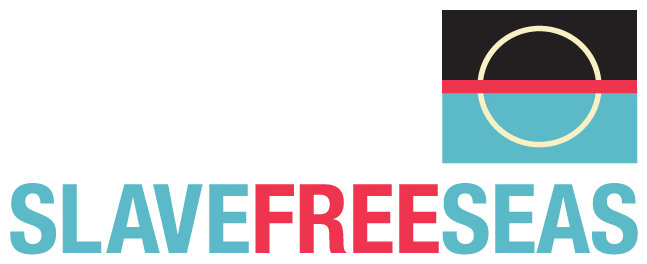Human trafficking, a grave violation of human rights, poses a significant challenge to the realization of the United Nations' Sustainable Development Goals (SDGs). A form of modern-day slavery, human trafficking involves the exploitation of men, women, and children for labor and sexual services, usually achieved through coercion, fraud, or force. This issue directly contravenes the principle of 'Leaving No One Behind' – the underlying ethos of the SDGs.
Human trafficking impedes progress on several SDGs, particularly Goal 5, 'Gender Equality,' and Goal 8, 'Decent Work and Economic Growth.' These goals aim to eradicate gender disparities and promote sustained, inclusive, and sustainable economic growth with full and productive employment, respectively. By creating an environment of inequality and economic instability, human trafficking diminishes these pursuits.
Additionally, it also obstructs the achievement of Goal 16, 'Peace, Justice and Strong Institutions,' since it thrives in settings of weak governance, conflict, and corruption. Victims are denied access to justice and effective, accountable, and inclusive institutions—key aspects of this SDG.
Furthermore, human trafficking exacerbates issues related to Goals 1, 'No Poverty,' and 4, 'Quality Education.' It disproportionately affects economically disadvantaged groups, contributing to cycles of poverty. Simultaneously, it denies many victims access to quality education, thereby inhibiting lifelong learning opportunities and individual empowerment.
To effectively combat human trafficking and advance the SDGs, a coordinated global effort is needed. It demands strengthening national and international laws, promoting cooperation among countries, and fostering public-private partnerships. Increased awareness and recognition of the indicators of human trafficking are critical, as are comprehensive victim support services. Implementing robust preventive measures and holding traffickers accountable are also essential. It is through this holistic approach that the menace of human trafficking can be tackled, creating a more equitable world that aligns with the vision of the SDGs.
Partner content
United Nations University, September 2019.
Partner content
United Nations University, New York, March 2019.
Partner content
United Nations University, September 2018.
LexisNexis New Zealand and the Slave Free Seas Charitable Trust have created a free legal resource to assist advocates for victims of human trafficking, comprising practical information on advocacy and policy change. This guidance is essential for target 8.7 and the eradication of forced labour, modern slavery and human trafficking, as well as SDG 16.3 and access to justice.



